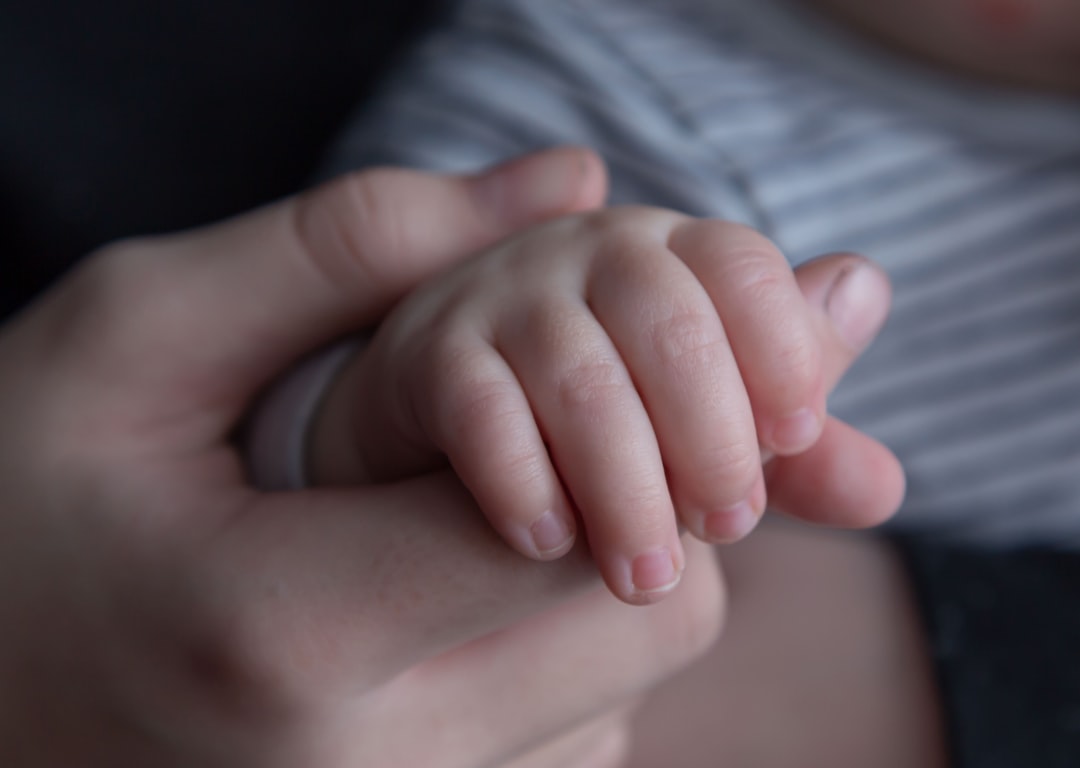What is it about?
Imprinting is the behavioural process that takes place during a sensitive period in the early hours of life during which the baby's evolutionary biology enables it to orally fixate to the stimulus feature of the mother's nipple and surrounding milking area and learn its tactile characteristics. Imprinting is followed by an emotional bond (mother in the mouth) to the orally imprinted object and this is the baby's first stage of emotional development (latchment) and is for evolutionary survival.
Featured Image
Why is it important?
Elsie Mobbs in 1989 was first to describe biological imprinting in mammals. Her literature search revealed one teat preference across the mammalian spectrum and Merkel cells in baby's buccal mucosa would provide the oral tactile recognition of the milking area of the breast for evolutionary survival. Displacement of the biological imprint to a decoy (thumb, dummy) would allow a risk of adverse outcomes for mother and her infant.
Perspectives
Visual imprinting and displacement behaviour in precocious birds has been well investigated by Nobel Laureate Konrad Lorenz. The recognition of biological oral tactile imprinting in humans reasons why displacement sucking on decoy thumbs and dummies may risk breastfeeding failure. Displacement of the emotional oral tactile relationship between mother and baby may be of concern for emergence of attachment pathologies in the visual phase of emotional development where baby recognises mother as a whole person sometime after six months (mother in the eye).
Dr George Anthony Mobbs
Westmead Hospital
Read the Original
This page is a summary of: Imprinting, latchment and displacement: a mini review of early instinctual behaviour in newborn infants influencing breastfeeding success, Acta Paediatrica, May 2015, Wiley,
DOI: 10.1111/apa.13034.
You can read the full text:
Contributors
The following have contributed to this page










